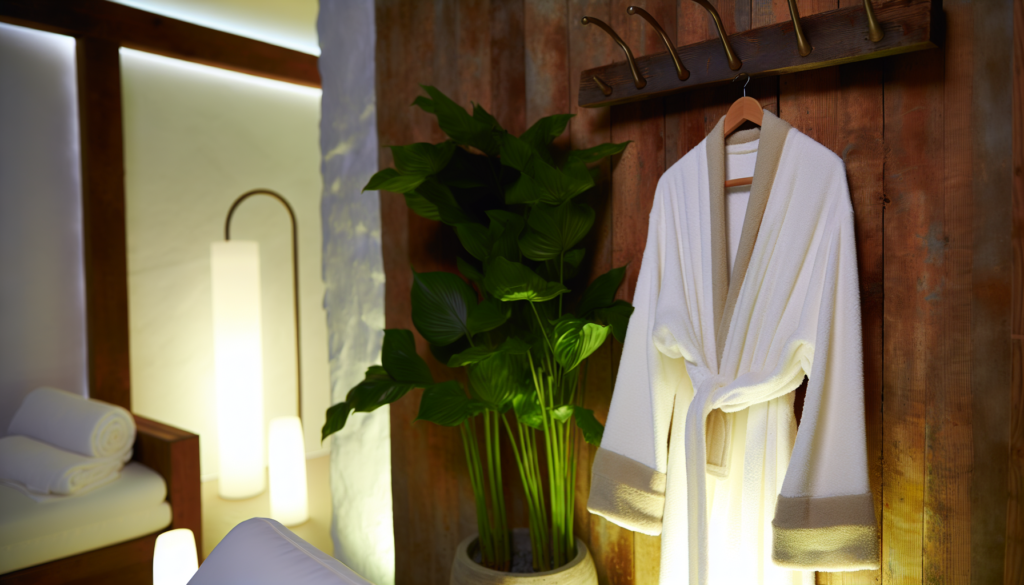Dealing with sensitive skin can feel like navigating a minefield of potential reactions and flare-ups. I know because I’ve been there—trying countless products that promised the world but delivered nothing but redness and irritation. The good news? You don’t need an expensive 12-step routine or magical potions to achieve clear, calm skin. What sensitive skin truly craves is consistency, gentleness, and simple skincare routines that respect your skin’s natural barriers. Let’s explore how you can build a routine that soothes rather than aggravates your delicate complexion.
Understanding Sensitive Skin: The First Step to Clarity
Before diving into any skincare routine, it’s crucial to understand what makes sensitive skin… well, sensitive. Contrary to popular belief, sensitive skin isn’t just about reacting dramatically to products. It often indicates a compromised skin barrier that’s struggling to protect itself against environmental aggressors.
Signs you might have sensitive skin include:
Think of your skin barrier as your body’s first line of defense. When it’s functioning properly, it keeps moisture in and irritants out. When compromised, everything from pollution to fragrances can trigger inflammation.
Step 1: Gentle Cleansing – The Foundation of Every Routine
The cornerstone of any effective skincare regimen, especially for sensitive skin, begins with how you cleanse. Harsh cleansers strip away natural oils, exacerbating sensitivity and triggering that tight, uncomfortable feeling.
Look for cleansers labeled as:
Lukewarm water is your friend here—hot water might feel good in the moment, but it can disrupt your skin’s delicate balance. And remember, cleansing once a day (usually in the evening) may be sufficient. Morning cleansing can sometimes be replaced by a gentle rinse with water if your skin tends toward dryness.
The Right Technique Matters
How you cleanse can be just as important as what you cleanse with. Use gentle, circular motions and resist the urge to scrub. Your face isn’t a kitchen counter that needs scouring! Allow the cleanser to do its work, then rinse thoroughly and pat—don’t rub—your face dry with a clean, soft towel.
Step 2: Hydration – Quenching Your Skin’s Thirst
Sensitive skin often lacks adequate hydration, which can worsen reactivity. After cleansing, apply hydrating products to slightly damp skin to lock in moisture.
Ingredients to look for:
Many people confuse hydration with moisturization—they’re actually different steps. Hydration adds water to the skin, while moisturization seals it in. For sensitive skin, both are essential.
The Power of Simplicity
When selecting hydrating products, the ingredient list should be short and sweet. Those novel 25-ingredient serums might be trendy, but each additional component increases the risk of reaction. Sometimes, a simple hyaluronic acid serum can work wonders without overwhelming your skin.
Step 3: Targeted Treatment – Address Specific Concerns
This step addresses your unique skin concerns, whether that’s occasional breakouts, hyperpigmentation, or signs of aging. For sensitive skin, the key is introducing active ingredients gradually.
Consider starting with:
Whatever treatment you choose, begin with a lower concentration and use it just once or twice weekly. Your skin will tell you if it can handle more frequent application.
Patch Testing Is Non-Negotiable
Never skip patch testing a new product, especially treatments with active ingredients. Apply a small amount behind your ear or on your inner forearm for 24-48 hours before introducing it to your face. Yes, waiting is frustrating when you’re eager to try something new, but it’s far better than dealing with a full-face reaction!
Step 4: Moisturize – Seal in Goodness
Moisturizing creates a protective layer that supports your skin barrier and prevents water loss. For sensitive skin, this step is absolutely essential, even if you have oily skin (and yes, oily skin can be sensitive too!).
What makes a good sensitive skin moisturizer?
Texture matters too. Creams are generally more hydrating, while lotions feel lighter and absorb quickly. During particularly dry or reactive periods, don’t hesitate to use a richer formula than usual—your skin will thank you.
Step 5: Sun Protection – Non-Negotiable Final Step
If there’s one step you should never skip, it’s sunscreen. UV exposure can trigger or worsen sensitivity, damage your skin barrier, and cause long-term issues like premature aging and increased risk of skin cancer.
For sensitive skin, mineral sunscreens containing zinc oxide and/or titanium dioxide generally cause fewer reactions than chemical filters. They sit on the skin’s surface rather than being absorbed, providing a physical barrier against UV rays.
Application Tips
Apply sunscreen as the final step of your morning routine, before makeup. Use enough—about a 1/4 teaspoon for your face alone—and reapply every two hours when outdoors. And remember, even on cloudy days, those UV rays are reaching your skin!
A common complaint with mineral sunscreens is the white cast they can leave. Thankfully, newer formulations have improved tremendously. If finding a comfortable sunscreen feels impossible, try a tinted mineral option that works with your skin tone.
Building Your Routine: Start Small and Be Patient
The best approach to creating a clear skin routine for sensitive skin is gradual implementation. Start with just cleansing, moisturizing, and sun protection for at least two weeks before adding hydrating or treatment products.
Keep a skin journal noting how your skin responds to new additions. This can help identify patterns and triggers that might not be immediately obvious. Sometimes what seems like a reaction to a new product could actually be related to stress, hormonal changes, or environmental factors.
Remember that achieving clear, calm skin is a marathon, not a sprint. Consistency with a simple routine often delivers better results than constantly switching products or using too many at once. Your skin needs time to respond to ingredients—give new products at least 4-6 weeks before deciding if they’re working (unless they cause immediate irritation, of course).
The beauty industry often makes us feel like we need complex routines with multiple products to achieve “perfect” skin. The reality, especially for those with sensitivity, is that less is almost always more. A simple skincare routine that respects your skin’s needs will take you much further than the latest 10-step trend.
Listen to your skin, be gentle with yourself, and celebrate small improvements. Clear, comfortable skin is absolutely achievable, even for the most sensitive among us.







